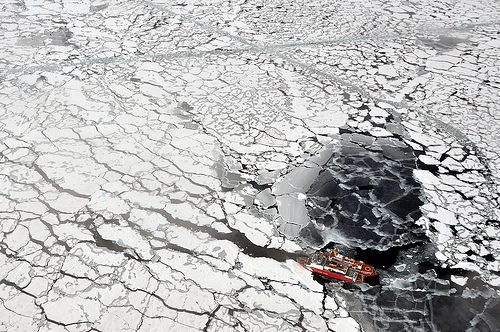-
 Genetic pollution
Genetic pollution
-
 Caldera
Caldera
-
 Bone marrow
Bone marrow
-
 Haematology
Haematology
-
 Achlorhydria
Achlorhydria
-
 Ginger
Ginger
-
 Magnetic moment
Magnetic moment
-
 Albinism
Albinism
-
 Windrow
Windrow
-
 African clawed frog
African clawed frog
-
 Earthshine
Earthshine
-
 Lipophile
Lipophile
-
 Marcescence
Marcescence
-
 Vaginal smear
Vaginal smear
-
 Arend-Roland comet
Arend-Roland comet
-
 Neutron star
Neutron star
-
 Melanoma
Melanoma
-
 Bepi Colombo
Bepi Colombo
-
 Kohoutek comet
Kohoutek comet
-
 Opposition
Opposition
-
 Oxidation
Oxidation
-
 Carpal
Carpal
-
 Inertia
Inertia
-
 Virtual water
Virtual water
-
 CAIB
CAIB
-
 Certificate
Certificate
-
 Incense cedar
Incense cedar
-
 Small Magellanic cloud
Small Magellanic cloud
-
 Cecidium
Cecidium
-
 Motherboard
Motherboard
Arctic
The Arctic is a region of the Earth at the North Pole. It has different limits depending on definitions, but globally it is the region north of the Arctic circle.
Limits of the Arctic
The Arctic is a region of which the limits are subject to debate. From a geographical point of view, the Arctic is agreed to be the region north of the Arctic circle in the northern hemisphere. The political definition includes other territories such as Lapland.
The ecological and meteorological limit of the Arctic is defined by an isothermal of 10°C in the month of July. Below this temperature trees no longer grow.
The Arctic ocean, on the other hand, is perfectly delineated. It has a surface area of 13 million square kilometres and is over 4000 metres deep.
The Arctic and the ice field
The Arctic is formed of frozen sea water called the ice field. The variation in the surface area of the ice field has been the subject of many studies. In September 2007, the surface area reached a minimum at 4.27 million square kilometres.
September is the month, after the summer, during which the ice field traditionally reaches its annual minimum surface area.
In March, on the other hand, the size of the ice field generally reaches its maximum at around 15 million square kilometres.
Arctic biodiversity
Unlike its Antarctic counterpart, the Arctic has quite substantial biodiversity.
Although the frozen ground prevents trees from growing, the terrestrial Arctic regions are covered in tundra.
In the animal kingdom there are a few terrestrial mammals (polar bears, reindeer, polar foxes etc.), sea mammals (seals, walruses, cetaceans, whales etc.) and birds (gyre falcons, snowy owls, ravens etc.)
The ocean is obviously rich in plankton and krill.
 In the Arctic, part of the sea is covered with ice floes. © US Ecological Survey, Flickr, cc by 2.0
In the Arctic, part of the sea is covered with ice floes. © US Ecological Survey, Flickr, cc by 2.0
Latest
Fill out my online form.



